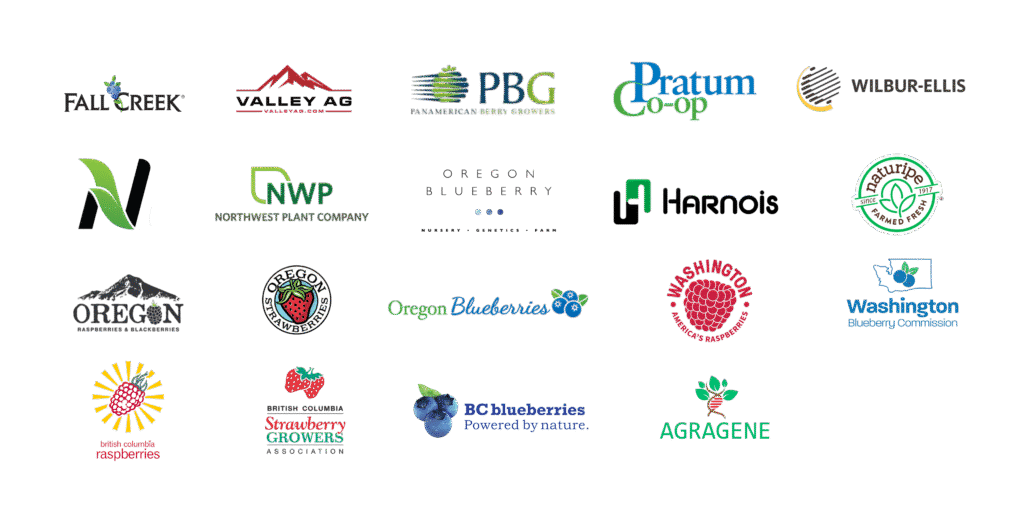Thinking back over the last 13 years since SWD has emerged as a major pest in the Pacific Northwest,
we‘ve come a
long way. After reading a
Michigan State University article summarizing the life and times of this insect and the efforts along the way, it’s a mental shift to consider the next steps in mimicking how nature handles SWD in its native land. Emphasis has always been
on management in an acute way because growers needed immediate tools but it’s important to know
there has been work done behind the scenes to expand the tool box towards long-term management.
“
Long–
term” means building up predators that can not only sustain themselves but also decrease SWD populations by way of killing off SWD population. So after much research,
we‘re now seeing the
first parasitoid wasp releases happening in the Pacific Northwest thanks, in part, to an Areawide project that has researchers determining how effective these parasitoids can be in our ecosystem after release. At first release efforts will have the greatest impact in the riparian areas by way of dodging current pesticide effects in production fields. But those riparian areas tend to harbor SWD anyway, so it’s just one more target to decreasing populations that move into production fields.
It’s a tricky dance but the goal is to balance the SWD population much like its native ecosystem does. This takes time and patience.


